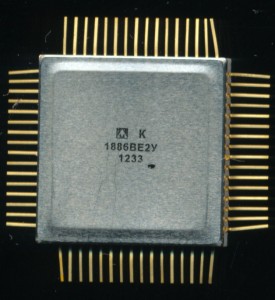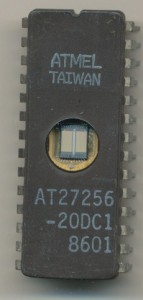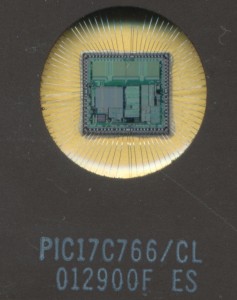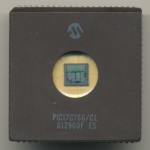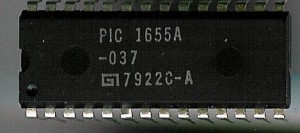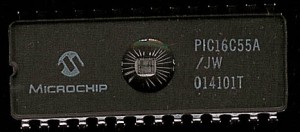Milandr K1886VE: The PIC That Went to Russia
We have previously talked about the Microchip PIC17, and its less then stellar success in the market. After being introduced in the early 1990’s it was discontinued in the early 2000’s, though Microchip continued to provide support (and some devices) to users for some time after that.
In the early 1990’s a IC company was formed in Zelenograd, Russia (just a short distance to the NW of Moscow), the silicon valley of Russia, home to the Angstrem, and Micron IC design houses. This company was Milandr, one of the first post-Soviet IC companies, with ambitious plans, and many highly capable engineers from the Soviet times. They are a fabless company, though with their own packaging/test facilities, specializing in high reliability metal/ceramic packages.
The K1886VE is Milandr’s version of a PIC17C756A, though updated for the 21st century. While mask-ROM versions are available the VE2 version replaces the ROM with modern FLASH memory. This is a upgrade that perhaps would have kept the PIC17 alive if Microchip would have done similar. It is packaged in a 64 pins CQFP white ceramic package with a metal lid and gold leads, not what one is use to seeing a PIC in. Production of these PICs continues at Milandr (the pictured example is from 2012), as customers still use the parts, mainly in industrial and other places where reliability is key.
The use of a PIC in high reliability applications isn’t something entirely new. The Microhard MHX-2400 radio system, designed for small satellites such as cubesats, runs on a PIC17C756A, a version flew on NASA’s Genesat-1 in 2006 carrying bacteria samples. Milandr does offer radiation resistant devices so its likely that some Milandr PIC has flown to space as well.
Posted in:
CPU of the Day


